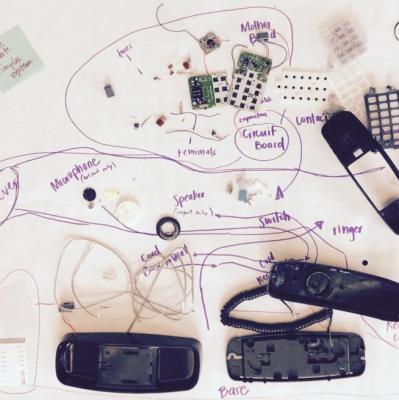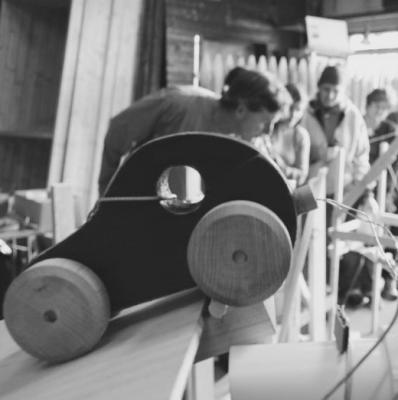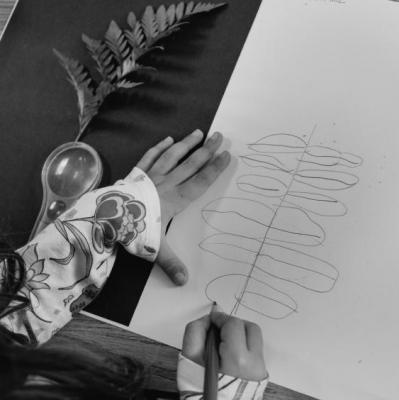這個思考模式鼓勵學生從多方面思考,為一件物品/系統思考各種新的可能性。然後再鼓勵學生把新想法融合起來,決定一個有效率的方法去完善,重新設計,和拆解物件/系統。最終,這個思考模式是用於尋找新的設計機會以及實施新的想法的。

Voice and Choice: Learner Workbook
This Learn Workbook supports engagement with the Voice and Choice protocol. Created by Julie Rains.

Design Hunt
This practice first encourages learners to observe the world around them and look for design, “in the wild,” taking a broad inventory of the designs they notice. Then it asks them to focus in on one object or system to consider the designer’s perspective or to propose redesign ideas.

Imagíne si...
Esta rutina primero apoya el pensamiento divergente, a medida que los estudiantes piensan en nuevas posibilidades para un objeto o sistema; luego apoya el pensamiento convergente, a medida que los estudiantes deciden la manera más efectiva para construir, manipular, re/diseñar o alterar un objeto o un sistema.

Take Apart Project
Things Come Apart, by Todd McLellan provided some inspiration for educators from Park Day School to explore the complexities of everyday objects with their second grade learners. In this picture of practice essay educator Jeanine Harmon shares the project.
Featured photo by Jaime Chao Mignano

Voice and Choice: The Protocol
A protocol for looking closely at content, considering perspectives and representation, and then redesigning or reimagining that content from one's own perspective. Try out the accompanying Learner Workbook!

“换位思考”的思考模式 (简体版)
这个思考模式鼓励学生在一个特定的系统里思考不同人物的观点。其目标是帮助学生理解系统里的不同角色,他们会用什么形式去表达感受以及对系统里其他人物和事物的关心。

Learning Walk
This practice supports co-inspiration and the cross-pollination of ideas during maker-centered group work.

Documentation Templates
This tool is connected to the Agency by Design Making Moves. The Making Moves identifies three maker capacities that support a sensitivity to design, along with their associated learning moves. Here you’ll find three observation sheets, one for each of the maker capacities: Looking Closely, Exploring Complexity, and Finding Opportunity.